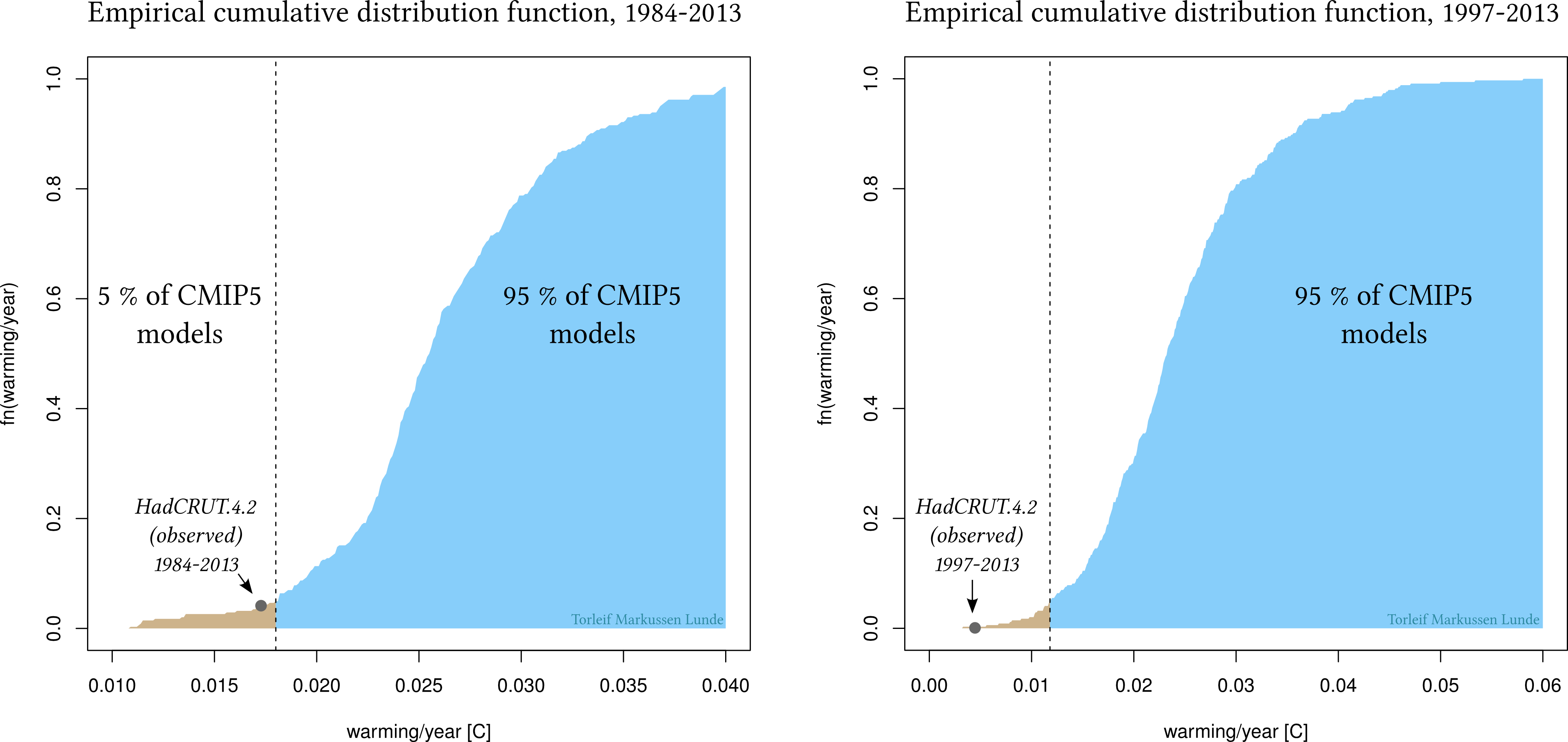Global warming is directly influencing humans through surface temperatures, but most heat uptake occurs in the ocean. It is therefore interesting how the ocean heat content has changed over time. In a recent article in Science Rosenthal et al. present a temperature record of western equatorial Pacific subsurface and intermediate water masses over the past 10,000 years that shows that heat content varied in step with both northern and southern high-latitude oceans. The findings support the view that the Holocene Thermal Maximum, the Medieval Warm Period, and the Little Ice Age were global events, and they provide a long-term perspective for evaluating the role of ocean heat content in various warming scenarios for the future. This result conflicts with the one of Pages 2k consortium in Nature Geoscience earlier this year where they state: “There were no globally synchronous multi-decadal warm or cold intervals that define a worldwide Medieval Warm Period or Little Ice Age”.
Month: October 2013
